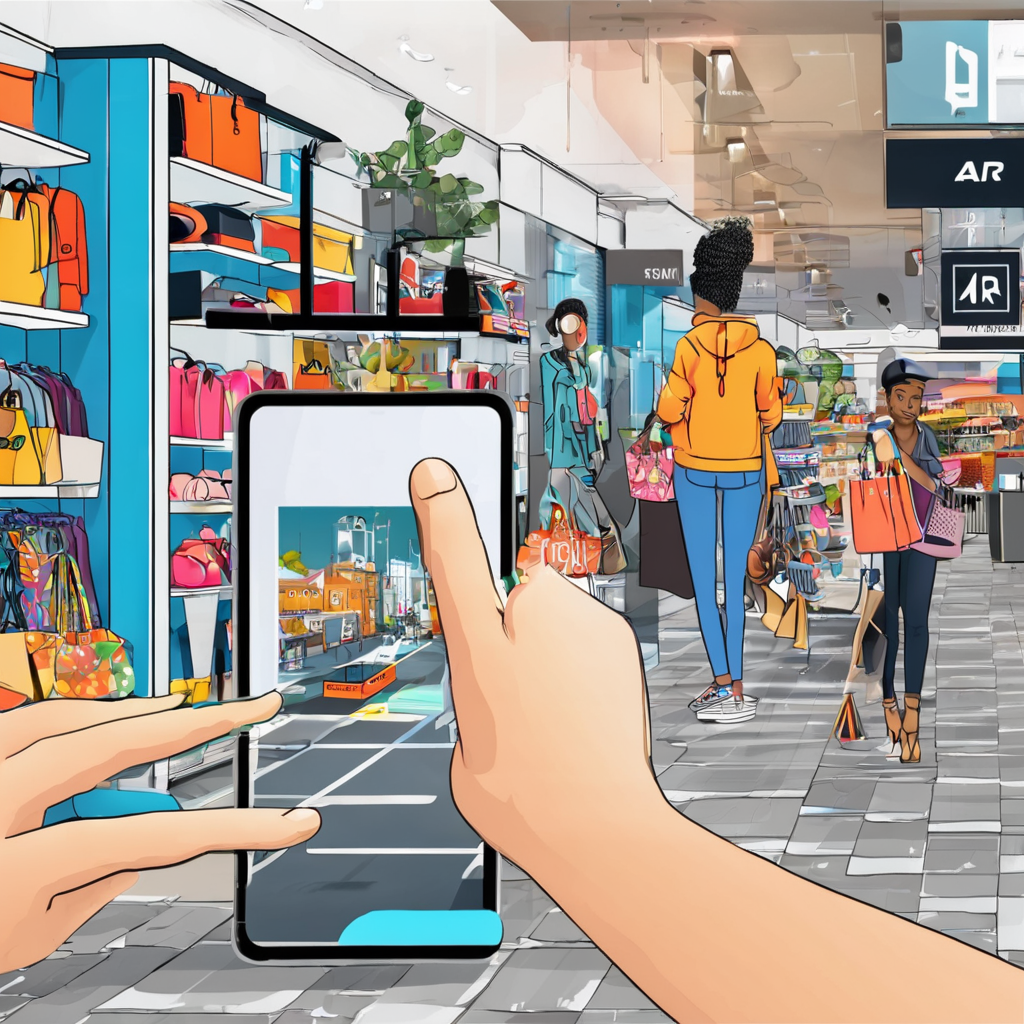Augmented Reality (AR) technology has revolutionized the way we shop and experience retail environments. With the integration of AR into the shopping industry, customers can now enjoy a more interactive and personalized shopping experience like never before. This cutting-edge technology allows consumers to visualize products in real-time and in their own space, making informed purchasing decisions with confidence.
One significant impact of AR on shopping and retail is the enhancement of the overall customer experience. By using AR applications on their smartphones or AR glasses, shoppers can virtually try on clothing items, accessories, and even makeup products without physically being present in a store. This immersive experience not only saves time but also eliminates the need for multiple trips to different stores, providing convenience and efficiency.
Moreover, AR technology has bridged the gap between online and physical retail spaces, offering a seamless shopping experience for consumers. With the rise of e-commerce, AR has become a powerful tool for online retailers to showcase their products in a more engaging way. Customers can now view 3D models of products, see how they look in different colors or styles, and even receive personalized recommendations based on their preferences.
In addition to improving the shopping experience for consumers, AR has also revolutionized the way retailers market their products. By creating interactive and engaging AR campaigns, brands can capture the attention of their target audience and drive sales. AR-powered advertisements allow customers to interact with products in a virtual environment, increasing brand engagement and ultimately leading to higher conversion rates.
Furthermore, AR technology has enabled retailers to collect valuable data and insights into consumer behavior and preferences. By analyzing customer interactions with AR applications, retailers can gain a deeper understanding of what products resonate with their target audience, allowing them to tailor their offerings accordingly. This data-driven approach not only benefits retailers in terms of inventory management but also helps them create more personalized shopping experiences for customers.
Another key aspect of AR in shopping and retail is its ability to revolutionize the way customers make purchasing decisions. By providing virtual try-on experiences and product visualizations, AR empowers consumers to make more informed choices, ultimately reducing the likelihood of returns and increasing customer satisfaction. This enhanced decision-making process not only benefits shoppers but also minimizes the environmental impact of excess returns in the retail industry.
Moreover, AR technology has opened up new possibilities for retailers to create immersive and interactive shopping environments. Virtual showrooms, AR-powered fitting rooms, and interactive product displays are just a few examples of how retailers are leveraging AR to attract and engage customers. These innovative experiences not only differentiate brands from their competitors but also create memorable shopping experiences that drive customer loyalty.
Additionally, AR has the potential to revolutionize the way retailers design and layout their physical stores. By incorporating AR elements such as digital signage, interactive displays, and virtual assistants, retailers can create dynamic and customizable store layouts that cater to the preferences of their customers. This flexibility in store design allows retailers to adapt to changing consumer trends and preferences quickly, staying ahead of the competition.
Furthermore, AR technology is reshaping the way retailers approach customer service and support. By integrating AR-powered chatbots and virtual assistants, retailers can provide personalized and real-time assistance to customers, improving the overall shopping experience. Whether it’s answering product-related questions or guiding customers through the checkout process, AR-enabled customer service tools enhance customer satisfaction and loyalty.
In conclusion, Augmented Reality (AR) is transforming the shopping and retail industry in unprecedented ways, offering a more immersive, personalized, and interactive shopping experience for consumers. From virtual try-on experiences to data-driven insights and innovative store designs, AR technology is reshaping the future of retail. As retailers continue to embrace AR and its capabilities, the possibilities for enhancing the customer experience and driving sales are limitless. Get ready to explore a new era of shopping with Augmented Reality!
